Oxbow Insights in Archaeology
Publisher: Oxbow Books
Editorial Board chair: Richard Bradley
Oxbow Insights in Archaeology is a peer-reviewed series of single author paperbacks by leading academics in all areas of archaeology reflecting on one or more aspects of their personal research or subject area: be it landscape, artefact, or period based, theoretical, historiographical, social, or phenomenological. The aim is to present a free narrative of collected thoughts in a chosen subject area that is personal, thought-provoking, even controversial. The books are produced in small format paperback, perfect for popping in a rucksack to read on the train. There is an editorial board comprising academics with a broad and eclectic range of interests.Oxbow Insights in Archaeology is a peer-reviewed series of single author paperbacks by leading academics in all areas of archaeology reflecting on one or more aspects of their personal research or subject area: be it landscape, artefact, or period based, theoretical, historiographical, social, or phenomenological. The aim is to present a free narrative of collected thoughts in a chosen subject area that is personal, thought-provoking, even controversial. The books are produced in small format paperback, perfect for popping in a rucksack to read on the train. There is an editorial board comprising academics with a broad and eclectic range of interests.Oxbow Insights in Archaeology is a peer-reviewed series of single author paperbacks by leading academics in all areas of archaeology reflecting on one or more aspects of their personal research or subject area: be it landscape, artefact, or period based, theoretical, historiographical, social, or phenomenological. The aim is to present a free narrative of collected thoughts in a chosen subject area that is personal, thought-provoking, even controversial. The books are produced in small format paperback, perfect for popping in a rucksack to read on the train. There is an editorial board comprising academics with a broad and eclectic range of interests.Oxbow Insights in Archaeology is a peer-reviewed series of single author paperbacks by leading academics in all areas of archaeology reflecting on one or more aspects of their personal research or subject area: be it landscape, artefact, or period based, theoretical, historiographical, social, or phenomenological. The aim is to present a free narrative of collected thoughts in a chosen subject area that is personal, thought-provoking, even controversial. The books are produced in small format paperback, perfect for popping in a rucksack to read on the train. There is an editorial board comprising academics with a broad and eclectic range of interests.
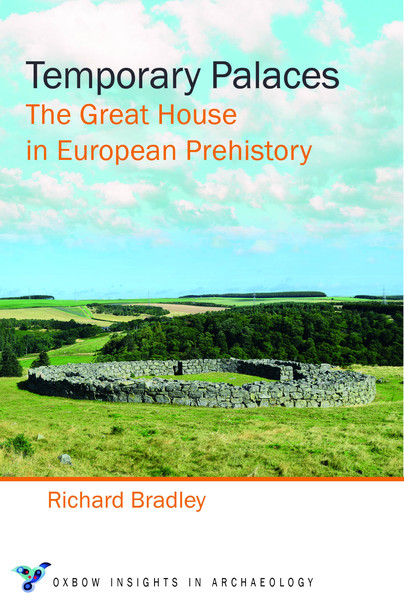
Format: Paperback
Pages: 256
ISBN: 9781789256611
Pub Date: 15 May 2021
Illustrations: B/w
Description:
The Great Houses of the prehistoric and early medieval periods were enormous structures whose forms were modelled on those of domestic dwellings. Most were built of wood rather than stone; they were used over comparatively short periods; they were frequently replaced in the same positions; and some were associated with exceptional groups of artefacts. Their construction made considerable demands on human labour and approached the limits of what was possible at the time.
They seem to have played specialised roles in ancient society, but they have been difficult to interpret. Were they public buildings or the dwellings of important people? Were they temples or military bases, and why were they erected during times of crisis or change? How were their sites selected, and how were they related to the remains of a more ancient past? Although their currency extended from the time of the first farmers to the Viking Age, the similarities between the Great Houses are as striking as the differences. This study focuses on the monumental buildings of northern and northwestern Europe, but draws on structures over a wide area, extending from Anatolia as far as Brittany and Norway. It employs ethnography as a source of ideas and discusses the concept of the House Society and its usefulness in archaeology. The main examples are taken from the Neolithic and Iron Age periods, but this account also draws on the archaeology of the first millennium AD. The book emphasises the importance of comparing archaeological sequences with one another rather than identifying ideal social types. In doing so, it features a range of famous and less famous sites, from Stonehenge to the Hill of Tara, and from Old Uppsala to Yeavering.
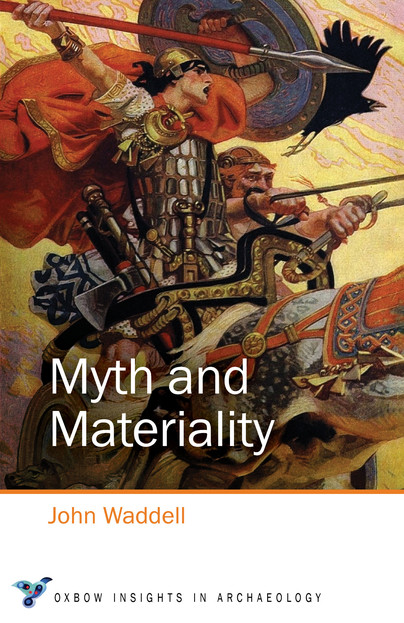
Format: Paperback
Pages: 192
ISBN: 9781785709753
Pub Date: 18 Apr 2018
Illustrations: 35 b/w
Description:
The aim of this book is to promote the thesis that myth may illuminate archaeology and that on occasion archaeology may shed light on myth. Medieval Irish literature is rich in mythic themes and some of these are used as a starting point. Some myths are of great antiquity and some were invented by contemporary authors.
It is a challenging source, first explored in the author's earlier work Archaeology and Celtic Myth and this work will elaborate on some of the themes pursued there and introduce some new ones. Combining literary and archaeological evidence chapters deal with the construction of the past, illustrating how the Irish medieval world invented aspects of the past; the abuses of myth presented in later literature; the evidence for the survival of pagan beliefs and practices well into medieval times in Ireland; evidence to illustrate the key elements of the institution of sacral kingship, a consideration of sacred trees; mythology of the underworld and its archaeological expressions and the equine aspects of the myths attached to the Irish goddess Macha (linked to Navan Fort) and her Welsh counterpart Rhiannon. John Waddell brings a lifetimes experience of studying Irish history, Bronze Age archaeology and Celtic mythology in this personal and lively exploration of mythology and its archaeological expression.
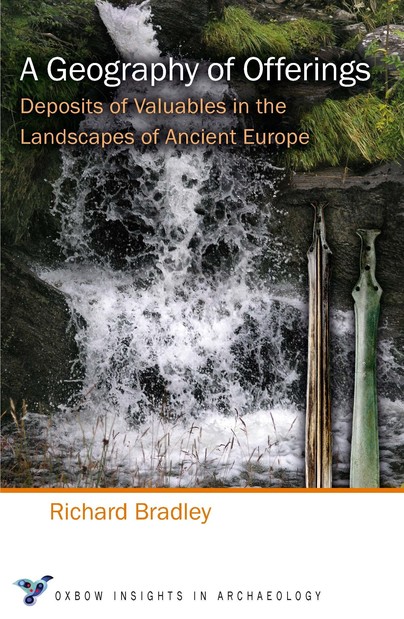
Format: Paperback
Pages: 160
ISBN: 9781785704772
Pub Date: 31 Dec 2016
Illustrations: b/w and colour
Description:
More than quarter of a century ago Richard Bradley published The Passage of Arms. It was conceived as An Archaeological Analysis of Prehistoric Hoards and Votive Deposits, but, as the author concedes, these terms were too narrowly focused for the complex subject of deliberate deposition and the period covered too short. A Geography of Offerings has been written to provoke a reaction from archaeologists and has two main aims.
The first is to move this kind of archaeology away from the minute study of ancient objects to a more ambitious analysis of ancient places and landscapes. The second is to recognise that problems of interpretation are not restricted to the pre-Roman period. Mesolithic finds have a place in this discussion, and so do those of the 1st millennium AD. Archaeologists studying individual periods confront with similar problems and the same debates are repeated within separate groups of scholars – but they arrive at different conclusions. Here, the author presents a review that brings these discussions together and extends across the entire sequence. Rather than offer a comprehensive survey, this is an extended essay about the strengths and weaknesses of current thinking regarding specialised deposits, which encompass both sacrificial deposits characterised by large quantities of animal and human bones and other collections which are dominated by finds of stone or metal artefacts. It considers current approaches and theory, the histories of individual artefacts and the landscape and physical context of the of places where they were deposited, the character of materials, the importance of animism and the character of ancient cosmologies.
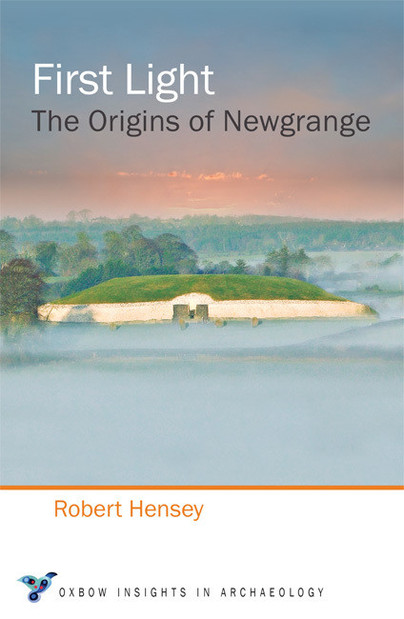
Format: Paperback
Pages: 210
ISBN: 9781782979517
Pub Date: 14 May 2015
Description:
Newgrange in Ireland is a world famous monument not only because of its vast scale and elaborate megalithic art, but also because of its renowned alignment to the sun on the winter solstice. Yet the origins of Newgrange remain somewhat mysterious. Across Ireland over two hundred similar passage tombs are found, some of which are considerably older than Newgrange.
These less investigated monuments reveal that the origins of Newgrange may be hidden in plain sight. A progression in the scale and sophistication of construction of these passage tombs, developments in the styles of megalithic art, and an increase in the scale and craftsmanship of associated artefacts may be observed, which taken together indicate a lengthy process of development. In short, Robert Hensey uncovers an untold history at Newgrange; an island-wide story of incremental changes over hundreds of years, of a society in evolution, perhaps in extremis, who left behind such a rich, enigmatic and patterned legacy. This book not only charts the earlier history of Newgrange, but addresses why it was constructed, what was its purpose. In the Boyne Valley, through Newgrange and related sites at Brúna Bóinne, we have evidence not only of extraordinary physical accomplishments, but of tremendous acts of imagination; a testament to rich and developed inner worlds. In this book, it is proposed that the concept of an otherworld which could be embodied by and accessed through passage tombs was a central motivator in passage tomb construction from its earliest beginnings. Newgrange is at the end of a long tradition of monuments dedicated to the religious needs of Neolithic communities, from small-scale monuments built by early farming groups; to potent otherworld centres of ritual training at the edge of society; eventually to temple-like monuments standing at the very heart of the religious and political sphere in Neolithic Ireland. Challenging both orthodox archaeological opinions and popular conjecture, this will be an important book for anyone interested in Neolithic archaeology.
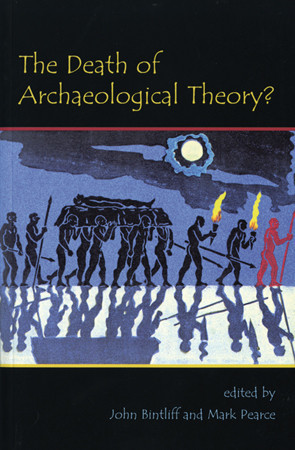
Format: Paperback
Pages: 96
ISBN: 9781842174463
Pub Date: 15 Sep 2011
Illustrations: 9 b/w illus
Description:
The Death of Archaeological Theory? addresses the provocative subject of whether it is time to discount the burden of somewhat dogmatic theory and ideology that has defined archaeological debate and shaped archaeology over the last 25 years. Seven chapters meet this controversial subject head on, also assessing where archaeological theory is now, and future directions.
John Bintliff questions what theory is and argues that archaeologists should be freed from 'Ideopraxists', or those who preach that a single approach or model is right to the exclusion of all others. Marc Pluciennik again questions what we mean by archaeological theory and argues that the role of intellectual fashion is underestimated. He predicts pressure from outside archaeology to redirect our dominant theories towards genetic and human impact theory. Kristian Kristiansen argues that theory cannot die, but it can change direction and sees signs of a retreat from the present post-modern and post-processual cycle towards a more science based, rationalistic cycle of revived modernity. To Mark Pearce the most striking thing about the present state of archaeological theory is that there is no emerging paradigm to be discerned; he proposes that Theory is not dead, but has instead become more eclectic and nuanced. Two papers offer a different perspective from other areas of the world; Alexander Gramsch examines the issue from the German tradition and shows that in Central and Eastern Europe not only has Anglo-American Theory had limited impact, but current discussions on the future of method and theory offer a broader view of the discipline in which older traditions are seen to form the foundation. Kent Flannery and Joyce Marcus demonstrate that American archaeologists do not foresee the death of a genuinely archaeological theory (which they believe has never existed) but fear the real catastrophe would be the death of anthropological theory, because some anthropology today has become decidedly anti-scientific, rejecting not only the controlled comparison and contrast of cultures, but also the use of generalisation, both of which are crucial to theories and models and without which the longue durée will always be invisible.





